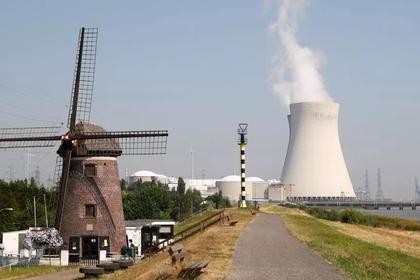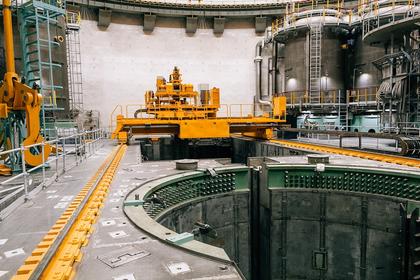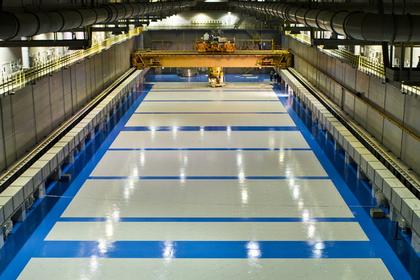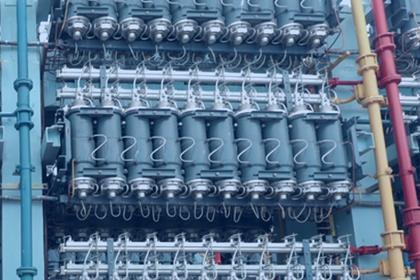
STRONG NUCLEAR GROWTH
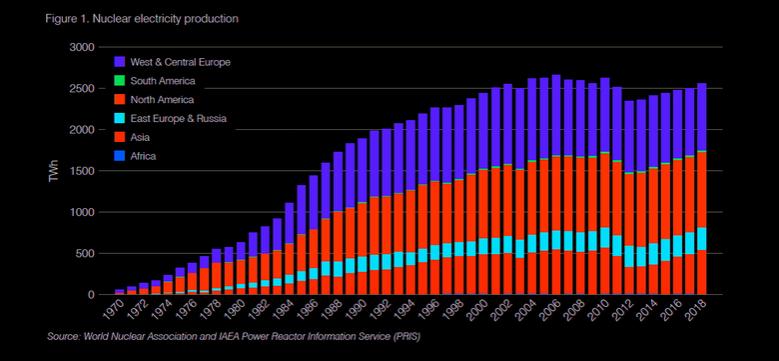
WNA - World Nuclear Performance Report 2019
Director General's Preface
The world's nuclear reactors made a growing contribution to supplying clean and reliable electricity in 2018. Global nuclear generation was 2563 TWh, up 61 TWh on the previous year.
At the end of 2018 the capacity of the world's 449 operable reactors was 397 GWe, up 4 GWe on the previous year. Nine new reactors were connected to the grid, with a combined capacity of 10.4 GWe. Seven reactors were closed down in 2018, with a combined capacity of 5.4 GWe. Of these, four are Japanese reactors that had not generated since 2011, and a fifth, Chinshan 1, had not generated since 2015, so these closures had minimal impact on overall electricity generation in 2018. Four reactors in Japan, with a combined capacity of 5.6 GWe, were given approval to restart.
The number of reactors under construction at the end of 2018 was 55, with construction starts on five reactors, compared to the nine that have been connected to the grid following completion of construction. In Asia, nuclear generation rose by more than 10%, to reach 533 TWh, now more than one-fifth of global generation. In China, the first AP1000 and EPR reactors began commercial operation, alongside Russian VVER V-428M and Chinese ACPR-1000 reactors. Although the four reactors gaining approval to restart in Japan brought the total number to nine, the pace of progress to restarting more reactors remains slow, continuing Japan's reliance on fossil fuels.
The median construction time in 2018 was eight-and-a-half years; this was primarily due to the start-up of reactors utilizing new designs. The average construction time for reactors in recent years has been around five-to-six years.
We should see construction times return to more typical recent durations in 2019. Construction started on the first of four planned units at Akkuyu, in Turkey and the first formal start of construction in West & Central Europe since 2007 began at Hinkley Point C, with first concrete poured for the first of two EPR units.
In Russia preparations on the first floating nuclear power plant continued, with both reactors on board the Akademik Lomonosov reaching first criticality. The vessel should be installed at Pevek later this year. Reactors in the USA produced more electricity in 2018 than in any previous year, with 808 TWh generated. One reactor retired, Oyster Creek, despite being licensed for an additional ten years of operation, because revised water use rules would require construction of cooling towers. While some US states have introduced schemes that support nuclear generation by recognizing the value of its clean, low-carbon generation, elsewhere other reactors are under threat from distorted and challenging market conditions.
The world's nuclear plants continue to perform excellently. Growth is strong, with more than 20 new reactors scheduled to be connected before the end of 2020. For the industry to reach the Harmony goal of supplying at least 25% of the world's electricity before 2050, much greater commitment from policymakers will be required.
-----
Earlier:
